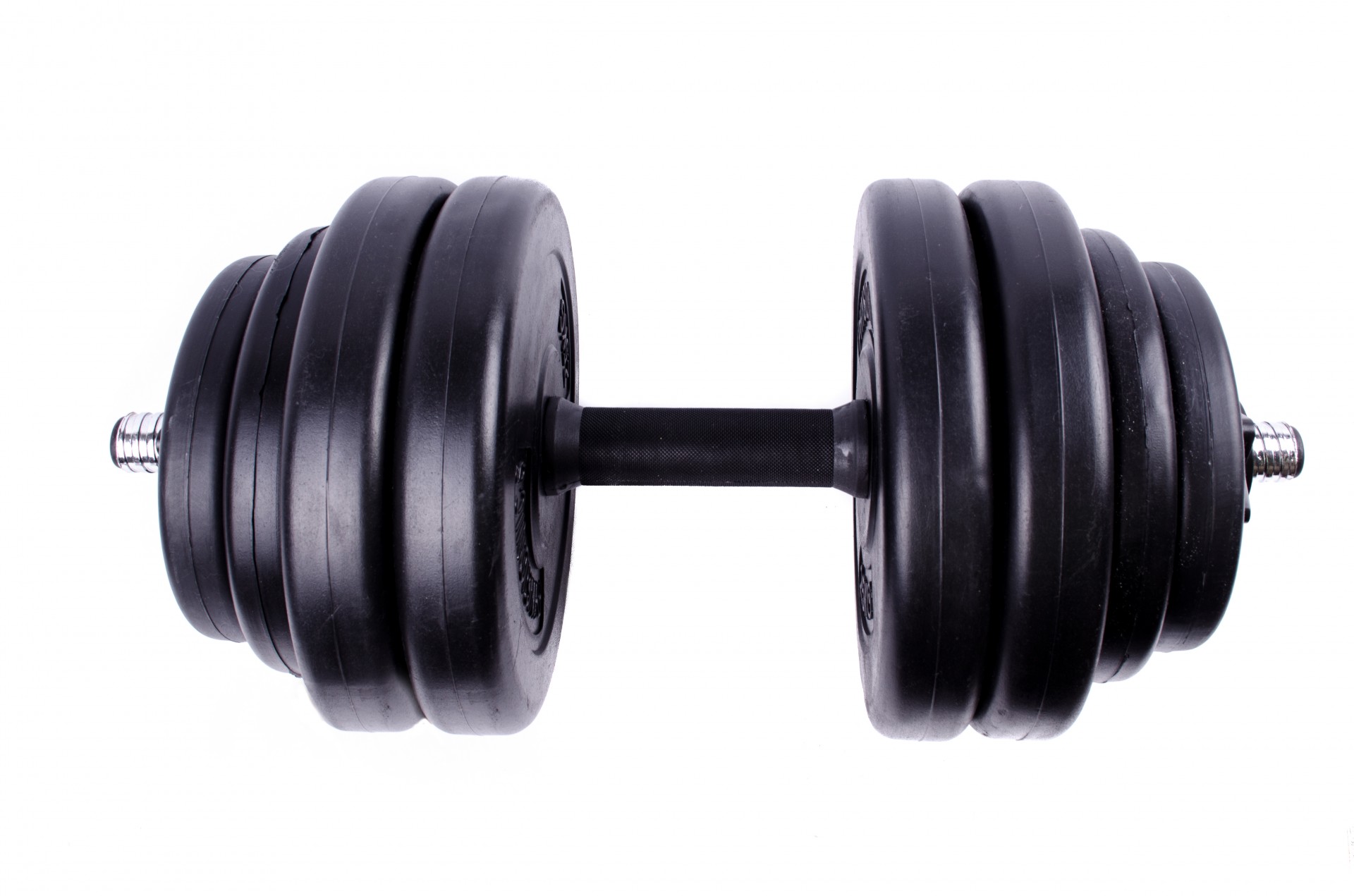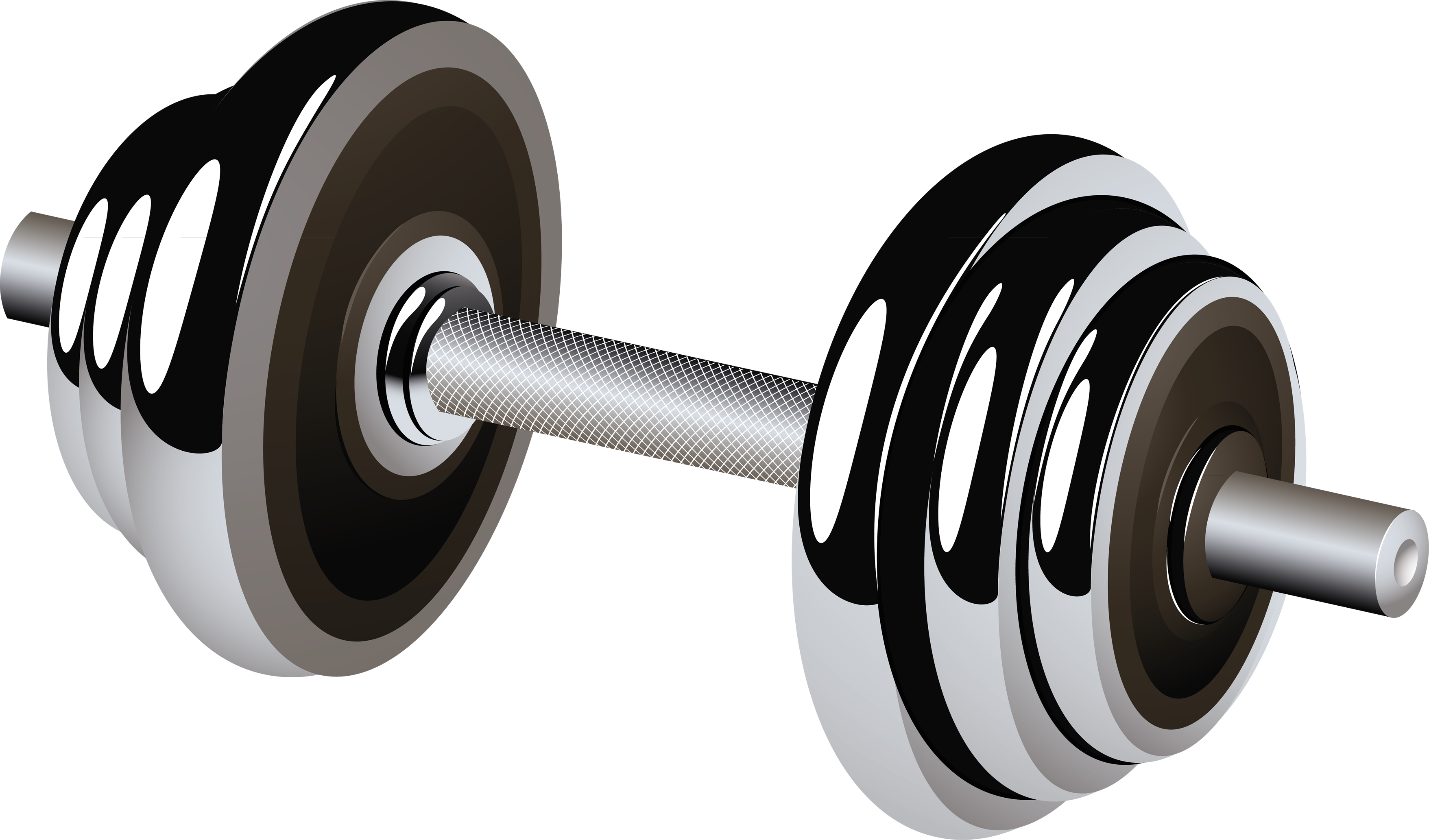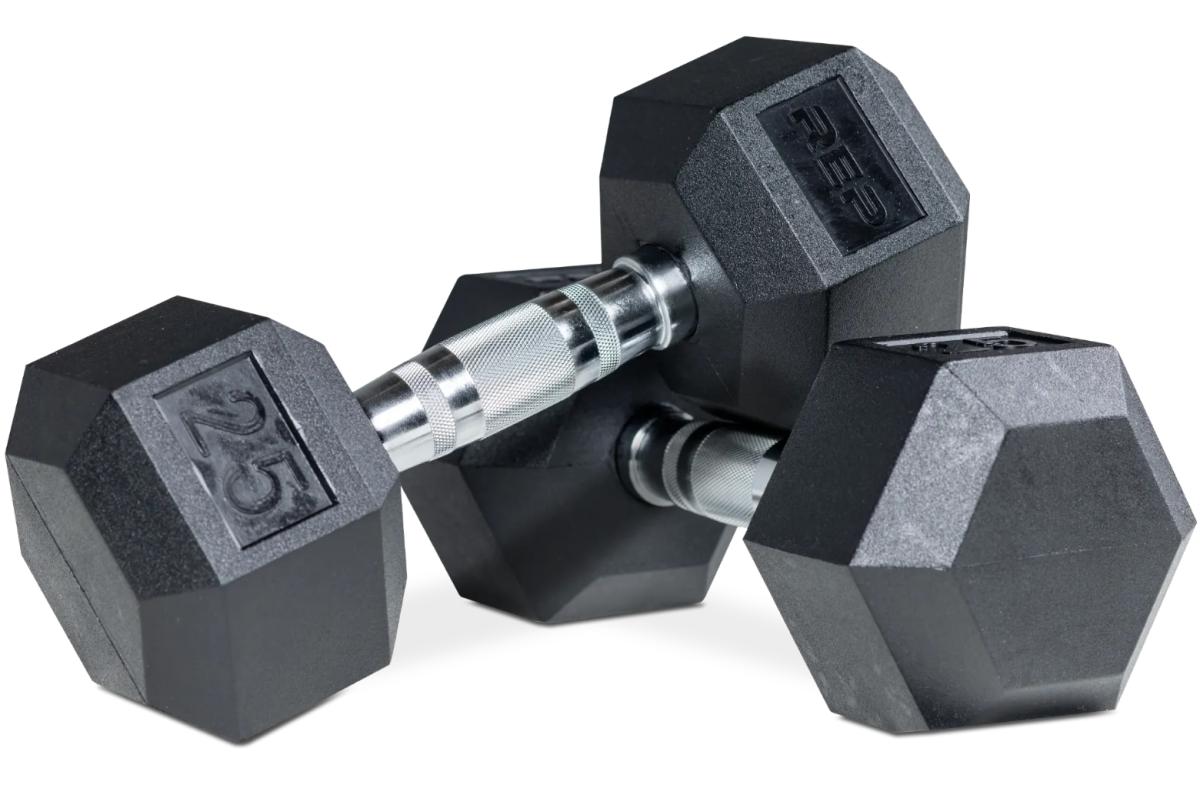You've probably seen people doing bent over rows in the gym, but maybe you've wondered how to do them the right way. So you're not alone. Whether you're just getting into strength training or trying to level up your back workouts, the dumbbell bent over row could be your new go-to move. It's not just about lifting weights—it's about doing it safely, efficiently, and with the right form so you get the most out of every rep. Let's talk about how to make this exercise work for you.
Building a strong, well-defined back doesn’t just happen by accident. It takes time, effort, and the right moves. The dumbbell bent over row checks all those boxes. It’s a simple yet powerful movement that targets your lats, traps, and even your arms and shoulders. Plus, when done right, it helps protect your lower back and improves posture. If you're looking to get more out of your workouts without needing a ton of equipment, this one's for you.
What makes the dumbbell bent over row stand out from other back exercises is how accessible it is. You don’t need a fancy gym setup—just a pair of dumbbells and a bit of space. But like any exercise, form is key. So many people skip the details and end up not getting the full benefit—or worse, they risk injury. That’s why it's important to break it down step by step, so you can feel confident and in control every time you do it.
Table of Contents
- What Is a Dumbbell Bent Over Row?
- Why You Should Add It to Your Workout
- How to Do a Dumbbell Bent Over Row Correctly
- Common Mistakes to Avoid
- Variations and Modifications
- FAQ Section
What Is a Dumbbell Bent Over Row?
The dumbbell bent over row is a compound exercise that focuses on pulling motion. You start by hinging at the hips, leaning your upper body forward, and pulling a dumbbell up toward your torso. This movement works your back muscles—especially the latissimus dorsi and rhomboids—but also engages your arms, shoulders, and core for stability.
Unlike machine-based rowing exercises, using dumbbells allows for a more natural range of motion and better muscle engagement. It’s also one of the best ways to correct muscle imbalances since each arm works independently. So if one side tends to lag behind, this move helps even things out over time.
It’s a go-to for people who want to build a thicker, stronger back without needing a barbell. And the best part? It’s not just for advanced lifters. Beginners can do it too, as long as they start with lighter weights and focus on form.
Why You Should Add It to Your Workout
So, why go through the trouble of learning how to do bent over dumbbell rows? For starters, they’re one of the most effective back exercises you can do at home or in the gym. Here are just a few reasons why this move deserves a regular spot in your routine:
- Builds back strength: Strong back muscles help with posture, lifting, and even daily activities like carrying groceries.
- Improves posture: Many of us spend a lot of time hunched over screens. This exercise helps counteract that by strengthening the upper back.
- Boosts muscle growth: Since it’s a compound movement, it hits multiple muscle groups at once, which means more muscle activation and better results.
- Protects your lower back: When done correctly, this movement strengthens the erector spinae and core, which help support the spine.
- Easy to adjust: Whether you're just starting out or looking to challenge yourself, you can change the weight, tempo, or rep range to suit your fitness level.
So if you're trying to build muscle, improve posture, or just feel stronger in your everyday life, the dumbbell bent over row is definitely worth a try.
How to Do a Dumbbell Bent Over Row Correctly
Getting the form right is crucial. Here’s a step-by-step breakdown to help you nail the movement without straining your back:
- Pick up the dumbbells: Stand with your feet hip-width apart and place a dumbbell in each hand.
- Hinge at the hips: Bend forward from the hips, keeping your back flat and core engaged. Your knees should have a slight bend, not locked out.
- Set your arms: Let the dumbbells hang straight down, palms facing each other. Your arms should be fully extended but not locked.
- Pull the weights up: Drive the elbows up toward the ceiling as you bring the dumbbells toward your sides. Squeeze your shoulder blades together at the top.
- Lower with control: Slowly return the dumbbells back to the starting position, keeping tension in your back the whole time.
One thing to keep in mind: don’t round your back. Keep it neutral. If you feel your lower back starting to arch too much, it might be a sign that you’re using too heavy of a weight. Also, don’t use momentum to lift the dumbbells—control every movement for the best results.
For a visual guide, you can check out this detailed tutorial on Verywell Fit, which breaks down the movement with images and tips.
Common Mistakes to Avoid
Even though the dumbbell bent over row is a straightforward exercise, there are a few common mistakes that can lead to injury or reduce its effectiveness. Here’s what to watch out for:
- Rounding the back: This puts pressure on your spine. Keep your back flat throughout the movement.
- Using too much weight: If you're swinging or jerking the dumbbells to lift them, you're probably going too heavy.
- Not engaging the core: Your core helps stabilize your body. If it’s slack, your lower back might take on too much strain.
- Pulling with your arms: The power should come from your back muscles. Your arms are just helping guide the movement.
- Moving too fast: Control is key. Lower the weights slowly to maximize muscle engagement.
It’s also a good idea to start with lighter weights and slowly increase the load as your form improves. That way, you build strength without putting unnecessary stress on your joints.
Variations and Modifications
If the standard dumbbell bent over row feels too challenging or you want to switch things up, there are several variations you can try:
- Single-arm dumbbell row: This version lets you focus more on one side at a time, which helps correct imbalances.
- Incline dumbbell row: Resting your chest on an incline bench takes some pressure off the lower back and makes it easier to maintain good posture.
- Neutral grip dumbbell row: Holding the dumbbells with palms facing in can be easier on the wrists and shoulders for some people.
- Supported dumbbell row: Using a bench or sturdy object for support can help you focus on the back muscles without worrying about balance.
You can also change the tempo of the movement—try a slower eccentric (lowering) phase to increase time under tension. Or add pauses at the top of the movement for more muscle activation.
If you're just starting out, you might want to begin with lighter dumbbells or even a resistance band. Learn more about beginner back exercises that can help you build a strong foundation before jumping into heavier rows.
FAQ Section
What muscles does the dumbbell bent over row work?
The dumbbell bent over row primarily targets the latissimus dorsi (lats), rhomboids, and trapezius muscles in the back. It also engages the rear delts (shoulders), biceps, and core for stability.
Can beginners do dumbbell bent over rows?
Absolutely. Beginners can do this exercise by starting with lighter weights and focusing on proper form. It’s a great way to build foundational strength and improve posture over time.
How often should I do dumbbell bent over rows?
For best results, include this movement 1–2 times per week in your upper body or back-focused workouts. Make sure to give your muscles time to recover between sessions.
Need more guidance on how to structure your workout? Check out our strength training routines that include back-focused exercises like this one.



Detail Author:
- Name : Desiree Mohr
- Username : jon.blanda
- Email : jacobi.garland@hessel.com
- Birthdate : 1979-03-30
- Address : 63542 Rusty Lake Suite 805 North Brittanyborough, VT 97202
- Phone : +1-272-893-5749
- Company : Kuhlman-Grady
- Job : Judge
- Bio : Quas aut fugit error tempore quibusdam repellendus. Autem deserunt veniam ut rerum ut. Nulla praesentium et eaque beatae est veniam quaerat.
Socials
instagram:
- url : https://instagram.com/rudy_real
- username : rudy_real
- bio : In veritatis aut iure. Dolorem qui at at. Vero quo ipsam et ipsum placeat laboriosam libero.
- followers : 1735
- following : 1411
twitter:
- url : https://twitter.com/nolanr
- username : nolanr
- bio : Quisquam ipsa esse harum ut rerum reiciendis quaerat. Sit aliquid saepe id qui. Atque iure ducimus at quam.
- followers : 5200
- following : 550
linkedin:
- url : https://linkedin.com/in/rudy_official
- username : rudy_official
- bio : Aut libero recusandae impedit et qui voluptatem.
- followers : 3422
- following : 1209
tiktok:
- url : https://tiktok.com/@rudy_real
- username : rudy_real
- bio : Numquam possimus aliquid et ab. Id ex atque dicta tempore.
- followers : 6253
- following : 281
facebook:
- url : https://facebook.com/rnolan
- username : rnolan
- bio : Qui laboriosam voluptas et dolorem.
- followers : 1332
- following : 817

